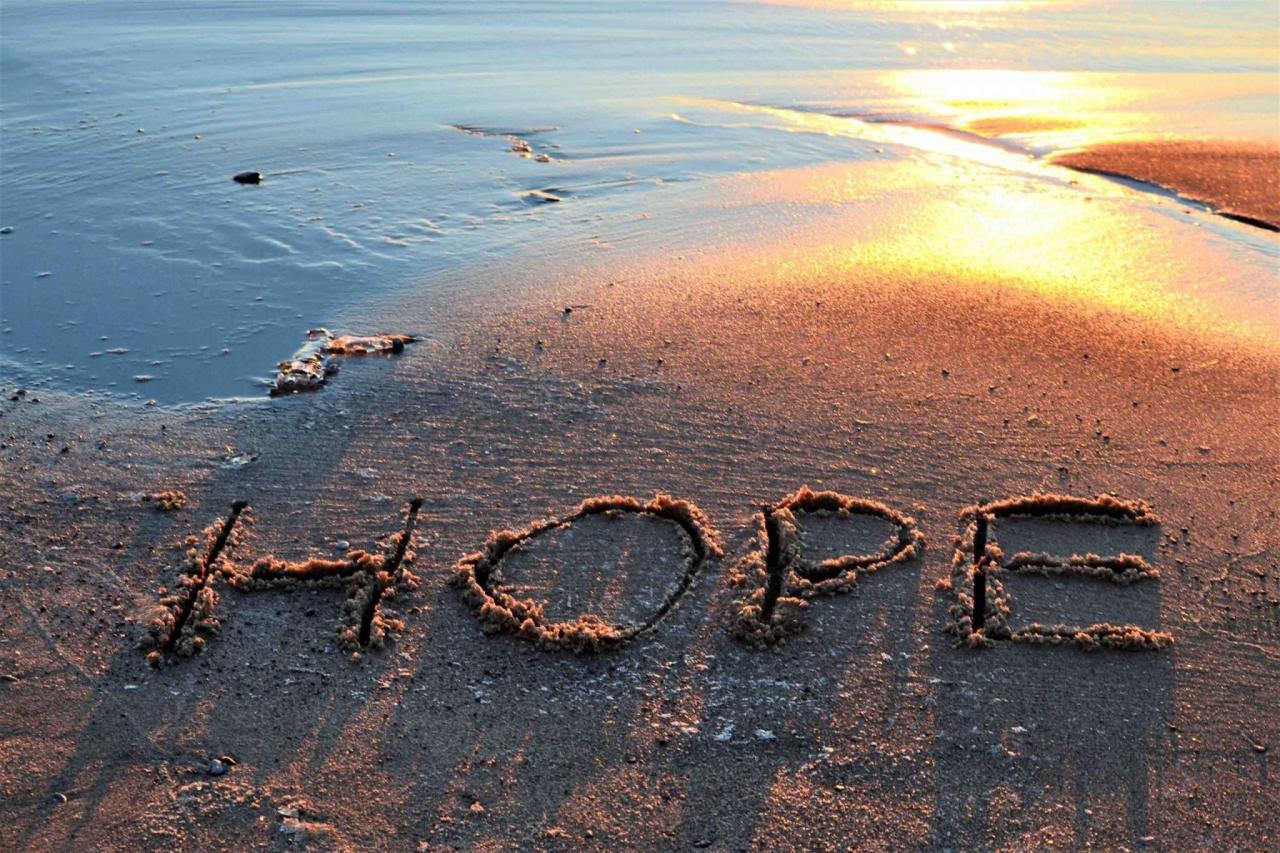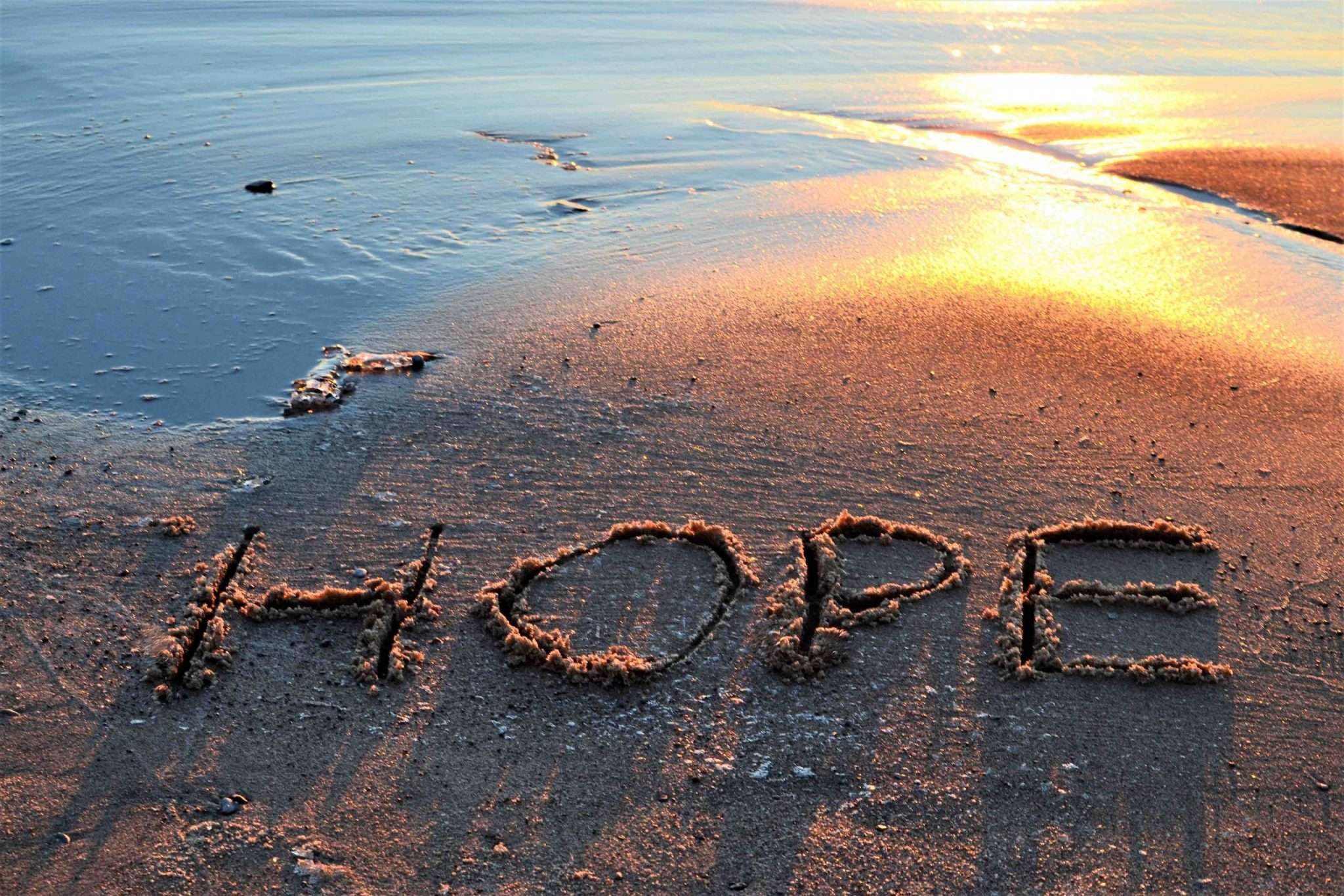Hope. It is a fundamental human experience, a resilient flicker in the darkest of times, and a powerful engine driving us towards a better future. Across cultures and continents, despite the myriad challenges humanity faces, the belief in the possibility of positive outcomes persists. This universal yearning for improvement, for light at the end of the tunnel, finds expression in an astonishing array of linguistic forms, each imbued with its own cultural nuances, historical echoes, and philosophical undertones. Exploring how different languages articulate "hope" is not merely an exercise in vocabulary; it is a journey into the heart of diverse human spirits, revealing both our shared humanity and the beautiful intricacies of our cultural landscapes.
At its core, hope is an optimistic state of mind based on an expectation of positive outcomes with respect to events and circumstances in one’s life or the world at large. It’s an anchor in the storm, a compass guiding through uncertainty, and the fuel for perseverance. But how do these abstract concepts translate into concrete words and phrases, and what deeper meanings do they unveil?
The English "Hope": A Starting Point
In English, the word "hope" derives from the Old English hopa, meaning "confidence, expectation." It functions both as a noun ("I have hope") and a verb ("I hope for rain"). The English "hope" often carries a sense of possibility, a desire for something good to happen, sometimes against odds. It can be a quiet, personal feeling or a grand, collective aspiration. Phrases like "to hope against hope" or "a beacon of hope" illustrate its resilience and its capacity to inspire even in dire circumstances. The simplicity of the word belies its profound psychological and social power.
European Roots and Branches: Shared Heritage, Distinct Flavors
Venturing into the Romance languages, we encounter a beautiful interconnectedness stemming from Latin. The Latin word for hope was spes, which gave rise to many modern equivalents:
- Spanish: Esperanza
- French: Espérance
- Italian: Speranza
- Portuguese: Esperança
These words share a common root, reflecting a historical and cultural lineage. Esperanza in Spanish, for instance, is not just a word; it’s a popular given name, signifying the profound value placed on this virtue. It often conveys an active waiting, an expectation intertwined with desire, and a sense of looking forward. The Romance concept of hope is often intertwined with a certain passion and a willingness to endure for the desired outcome.
Moving north to the Germanic languages, we find similar linguistic structures, often sharing a common ancestor with English:
- German: Hoffnung
- Dutch: Hoop
- Swedish: Hopp
- Danish: Håb
- Norwegian: Håp
The striking similarity in these words underscores a shared linguistic heritage. Hoffnung in German, for example, combines hoffen (to hope) and the suffix -ung (forming a noun from a verb). It carries a strong connotation of anticipation and a future-oriented outlook, often linked with resilience and a pragmatic approach to overcoming obstacles. In these languages, hope often feels grounded, a steady force rather than a fleeting emotion.
In the Slavic language family, a distinct and equally resonant term emerges:
- Russian: Надежда (Nadezhda)
- Polish: Nadzieja
- Czech: Naděje
- Ukrainian: Надія (Nadiya)
The root naděje (or similar forms) is prevalent. Nadezhda in Russian is particularly significant, not only as the word for hope but also as a widely used female given name, much like Esperanza. This naming convention highlights how deeply hope is embedded in the cultural fabric, often personified and revered. Slavic hope frequently carries a sense of enduring optimism, a spiritual resilience forged through historical hardships, and a deep-seated belief in eventual betterment.
From the Sands of Time: Semitic Expressions of Hope
The Semitic languages offer a rich tapestry of meaning, where hope often intersects with faith and divine will.
- Hebrew: Tikvah (תקווה)
Tikvah is a profound word in Hebrew, deeply rooted in religious texts and historical experience. It signifies not just a wish, but an active expectation, a lifeline to the future, and a promise. The Israeli national anthem, "Hatikvah" ("The Hope"), explicitly speaks of the ancient hope of the Jewish people to return to their land, illustrating the word’s powerful connection to national identity, resilience, and a future vision that spans millennia. It is a hope that has sustained a people through countless trials.
- Arabic: There are several words that convey aspects of hope, each with subtle differences:
- Amal (أمل): This is perhaps the most common and general word for hope, signifying a broad expectation or aspiration. It’s often used in everyday contexts.
- Raja’ (رجاء): This word implies a hope coupled with earnest desire and often an expectation of receiving something, frequently from a higher power or a benefactor. It carries a sense of supplication and reliance.
- Tawakkul (توكل): While not directly "hope," tawakkul is a crucial Islamic concept related to hope. It means reliance on God, a trust that God will provide and facilitate good outcomes. It’s hope intertwined with profound faith and surrender.
The Arabic expressions highlight the multifaceted nature of hope, distinguishing between general aspiration, hopeful expectation, and hope rooted in spiritual trust.
Echoes from the East: Asian Perspectives
Moving further East, the conceptualization of hope in East Asian languages often reflects philosophical traditions emphasizing harmony, collective well-being, and a future-oriented perspective.
- Mandarin Chinese: Xīwàng (希望)
Xīwàng is composed of two characters: xī (希), meaning "rare, scarce, to wish for," and wàng (望), meaning "to look out, to expect, to gaze." Together, they paint a picture of looking out for something desired but perhaps difficult to achieve. It conveys an active looking forward, a yearning, and a belief in future possibilities. Chinese hope often carries a sense of diligence and collective effort towards a better tomorrow.
- Japanese: Kibō (希望)
Interestingly, Japanese uses the same Kanji characters as Chinese for hope: 希 (ki) and 望 (bō), pronounced kibō. The shared characters reflect historical linguistic exchange. Kibō in Japanese carries a similar meaning to xīwàng, emphasizing aspiration and expectation. It is a vital concept in a culture that values perseverance and finding beauty and meaning even in adversity.
- Korean: Huimang (희망)
Korean also uses characters of Sino-Korean origin for hope, 希 (hui) and 望 (mang), pronounced huimang. Like its Chinese and Japanese counterparts, huimang denotes a strong desire and expectation for a positive future. It’s a word often invoked in times of national challenges and personal struggles, reflecting a deep-seated resilience.
South Asian Subcontinent: Ancient Wisdom, Modern Aspirations
In the languages of the Indian subcontinent, hope often connects to ancient philosophical traditions and spiritual journeys.
- Sanskrit/Hindi: Āśā (आशा)
Āśā is the primary word for hope in Hindi, derived from Sanskrit. It encompasses a wide range of meanings, from simple desire to deep aspiration and trust. In Hindu philosophy, hope is often intertwined with karma and dharma, suggesting that positive actions in the present can lead to a hopeful future. It’s a concept that encourages perseverance and faith in the unfolding of one’s destiny, while still emphasizing personal effort.
African Voices: Community and Resilience
On the African continent, hope is often deeply intertwined with community, collective well-being, and the resilience of the human spirit.
- Swahili: Tumaini
Tumaini in Swahili, a widely spoken language in East Africa, means hope, trust, and confidence. It often implies a collective hope, a belief in the community’s ability to overcome challenges together. In many African cultures, hope is not just an individual emotion but a shared resource, vital for survival and progress, particularly in the face of historical and contemporary hardships. The concept of ubuntu – "I am because we are" – often underpins this collective dimension of hope.
Beyond the Lexicon: Nuances and Cultural Frames
The exploration of "hope" in different languages reveals more than just vocabulary; it uncovers distinct cultural framings:
-
Active vs. Passive Hope: Some languages might emphasize hope as an active verb, something one does (e.g., "to hope for something"), while others might treat it more as a passive noun, something one has (e.g., "to have hope"). This subtle difference can reflect whether a culture views hope as a proactive force for change or a comforting internal state. Many East Asian terms, with characters meaning "to look out" or "to wish for," lean towards an active, outward-looking hope.
-
Conditionality and Certainty: Is hope always conditional, a wish that may or may not come true? Or can it be an almost certain expectation, a form of faith? The Hebrew tikvah often carries a greater sense of certainty and historical conviction than a casual English "I hope so." Arabic raja’ similarly implies a stronger expectation, often rooted in divine benevolence.
-
Spiritual vs. Secular Hope: For many cultures, hope is inextricably linked to spirituality, faith, and divine intervention. This is particularly evident in Semitic and South Asian languages, where hope is often directed towards a higher power or the fulfillment of religious prophecies. In more secular contexts, hope might be framed around human ingenuity, scientific progress, or social change.
-
Hope as Resilience and Endurance: Across the board, hope emerges as a crucial element of human resilience. Languages that have witnessed centuries of conflict or natural disaster often imbue their word for hope with a profound sense of endurance and an unwavering belief in ultimate triumph. The Slavic Nadezhda or the Hebrew Tikvah are prime examples.
-
Idioms and Proverbs: The richness of a language’s understanding of hope is often best revealed through its idioms and proverbs:
- English: "Where there’s life, there’s hope."
- Spanish: "La esperanza es lo último que se pierde." (Hope is the last thing to be lost.)
- German: "Hoffnung ist das beste Heilmittel." (Hope is the best remedy.)
- Chinese: "有希望,就有力量。" (Where there is hope, there is strength.)
- Arabic: "الأمل يدفع العجلة." (Hope pushes the wheel.)
These expressions encapsulate collective wisdom and emphasize hope’s role as a motivator, a comforter, and a source of strength.
Conclusion: The Universal Language of Tomorrow
In the grand symphony of human experience, hope plays a recurring, vital melody. From the ancient echoes of Sanskrit āśā to the modern resonance of Japanese kibō, from the steadfastness of German Hoffnung to the communal spirit of Swahili tumaini, the linguistic diversity surrounding hope is a testament to its universal importance. Each language, with its unique etymology and cultural connotations, adds another thread to the rich tapestry of human aspiration.
Despite our differences, the fundamental human need to believe in a better future, to strive for improvement, and to find light in the darkness remains constant. Hope transcends geographical borders, political ideologies, and religious doctrines. It is the invisible force that allows us to dream, to plan, and to persevere. By understanding how different cultures articulate this profound emotion, we not only gain insight into their unique perspectives but also reinforce our shared understanding of what it means to be human—forever looking towards the horizon, forever nurturing the seed of tomorrow. The multitude of words for hope across the globe is not a division, but a celebration of our collective, enduring spirit.


